Four Knights of the Apocalypse T02
Extraits
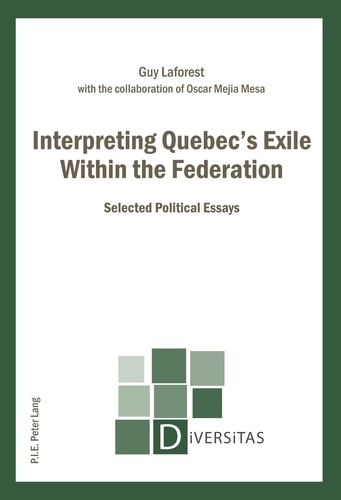
Philosophie
Interpreting Quebec’s Exile Within the Federation. Selected Political Essays
12/1986
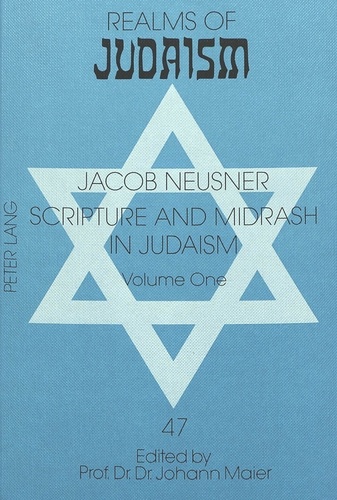
Sciences politiques
Scripture and Midrash in Judaism
03/1994
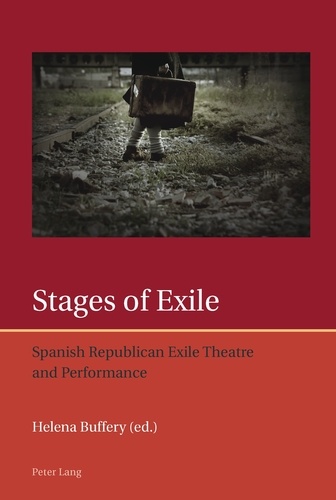
Non classé
Stages of Exile
09/2011

Histoire ancienne
THE ROMAN CAVALRY. From the First to the Third Century AD
01/1992

Non classé
Read Ancient African scripts from any current African language. Volume 2
05/2020
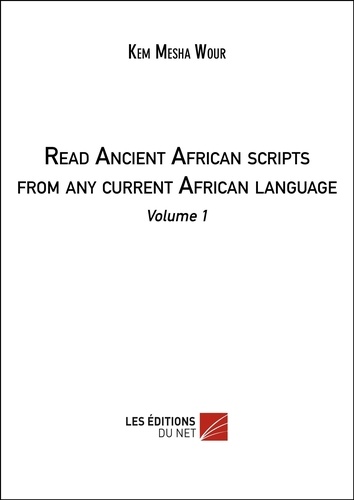
Non classé
Read Ancient African scripts from any current African language. Volume 1
05/2020
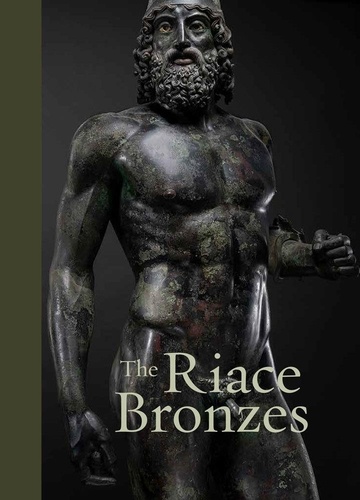
Sculpture
The Riace Bronzes
10/2022
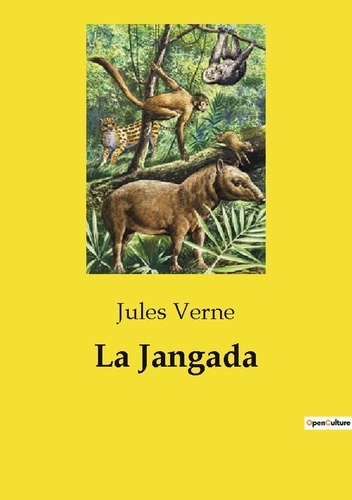
Littérature française
La jangada. .
06/1981
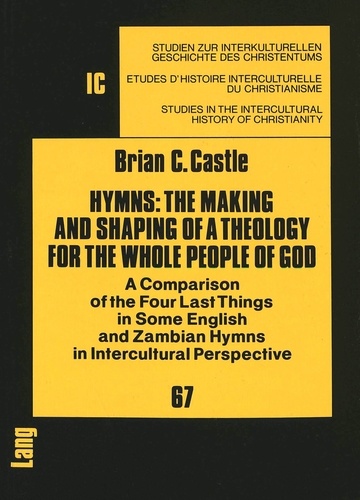
Non classé
Hymns: The Making and Shaping of a Theology for the Whole People of God
01/1991
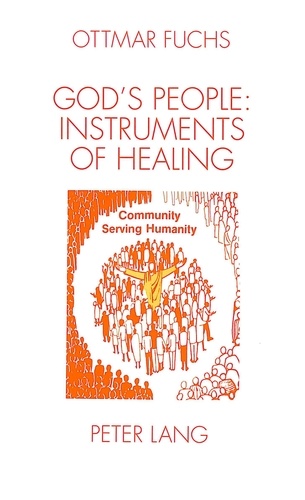
Religion
God's People: Instruments of Healing
07/1993
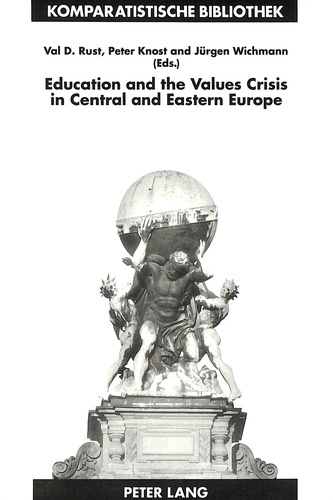
Non classé
Education and the Values Crisis in Central and Eastern Europe
05/1994
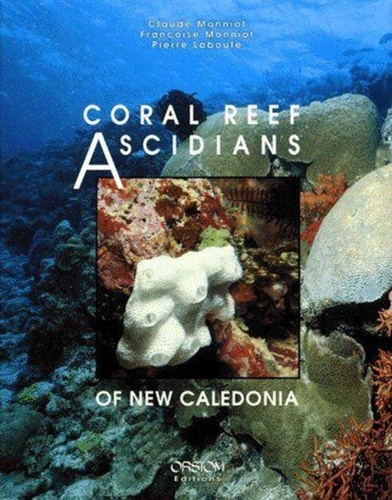
Sciences de la terre et de la
Coral reef ascidians of New Caledonia
08/1991

Comics
Batman - No Man's Land Tome 3
09/2014
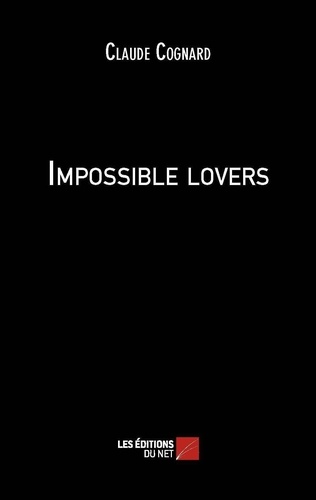
Théâtre
Impossible lovers
02/2013

Monographies
Burmese Silver from the Colonial Period
09/2022

Non classé
Oaths, Vows and Promises in the first Part of the French Prose Lancelot Romance
02/1993

Sociologie
A Handbook of Global Citizenship Education. The Belgian perspective
01/2023

Science-fiction
The aumakua. The great white shark novel
09/2023
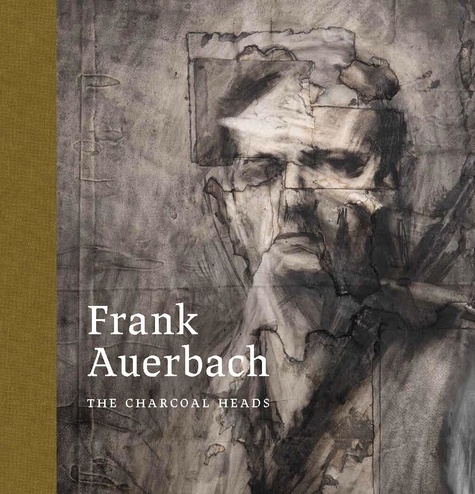
Mouvements artistiques
Frank Auerbach. The Charcoal Heads
03/2024
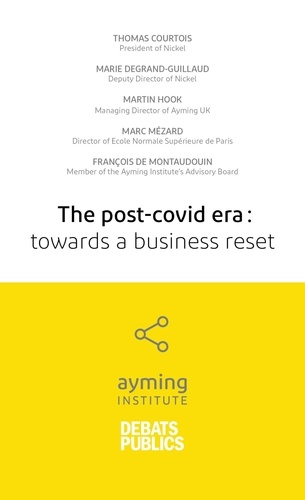
Actualité et médias
Performance post-crise
01/2021

Comics Super-héros
Destiny of X T02 (Edition collector) - COMPTE FERME
01/2023
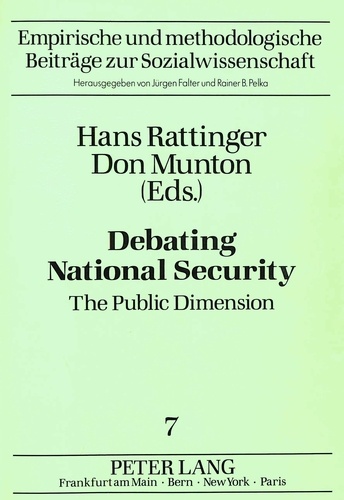
Non classé
Debating National Security
04/1991
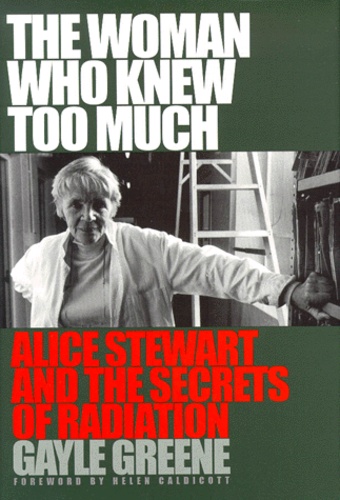
Histoire et Philosophiesophie
THE WOMAN WHO KNEW TOO MUCH. Alice Stewart and the secrets of radiation
02/2000

Sunjung (shojo)
The Abandoned Empress Tome 3 : The Abandoned Empress T03
03/2023
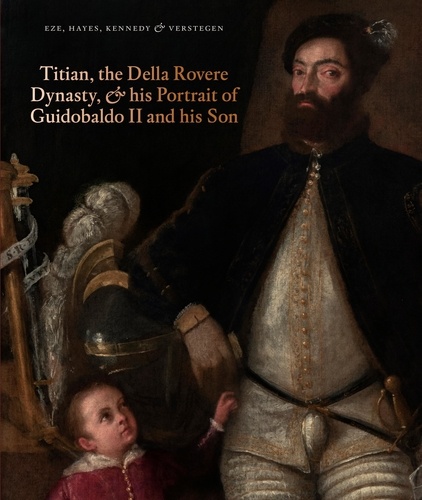
Histoire de l'art
Titian, the Della Rovere Dynasty, and His Portrait of Guidobaldo II and his Son. Edition
11/2021
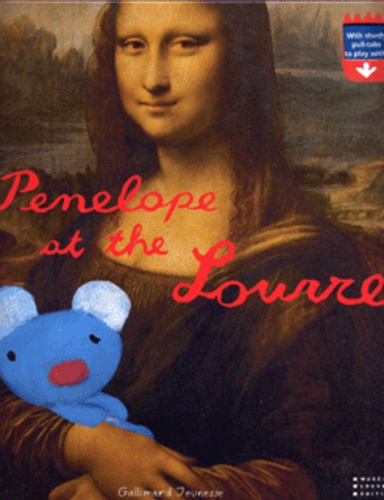
Livres 3 ans et +
Penelope at the Louvre
01/2009

Non classé
Studies in Elizabethan Audience Response to the Theatre
02/1993

Philosophie
Agencies of the Good in the Work of Iris Murdoch
10/1991
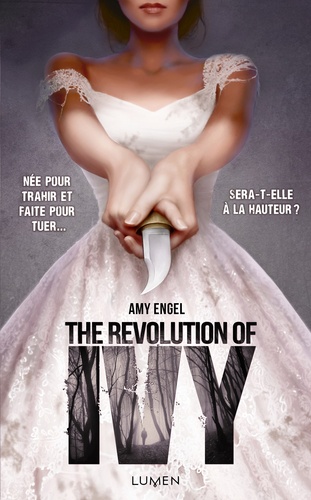
12 ans et +
The Book of Ivy Tome 2 : The Revolution of Ivy
11/2015
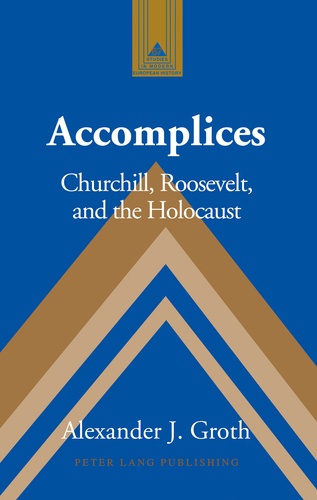
Histoire internationale
Accomplices
06/2011
